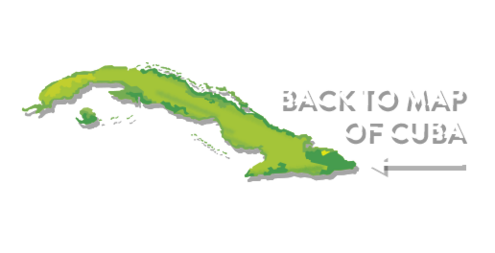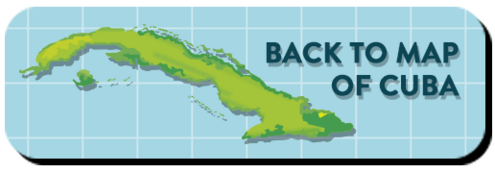
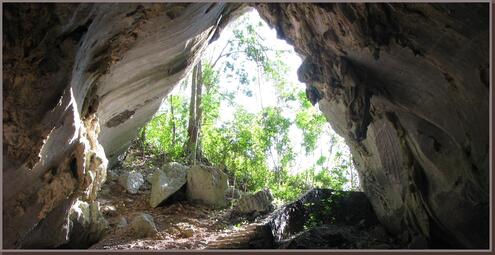
If you could fly over Cuba with x-ray vision, you’d see the country is full of underground caves! These dark, hidden caves formed millions of years ago. Today, they’re home to some of Cuba’s most unusual animals. They also hold clues about Cuba’s past. Like time capsules, the caves protect fossils of animals that lived on the islands long ago.
Match each organism with the feature that describes it.
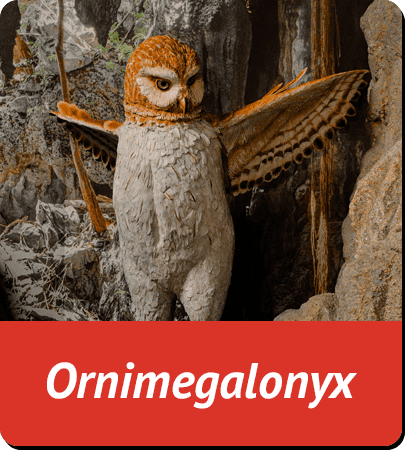

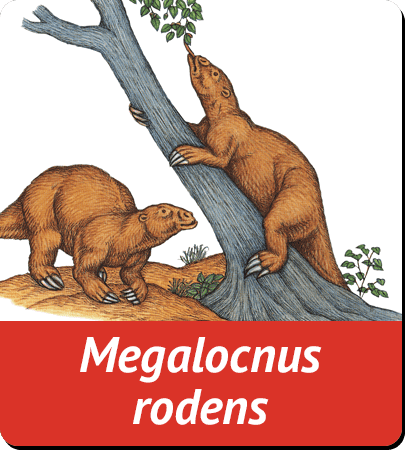
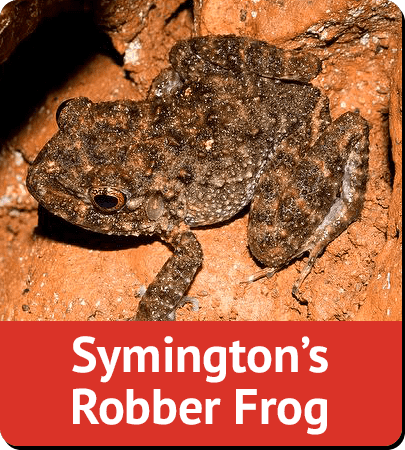
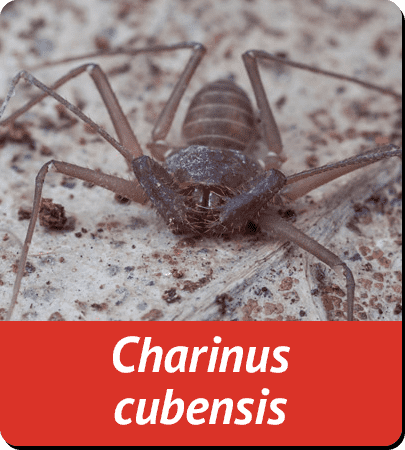
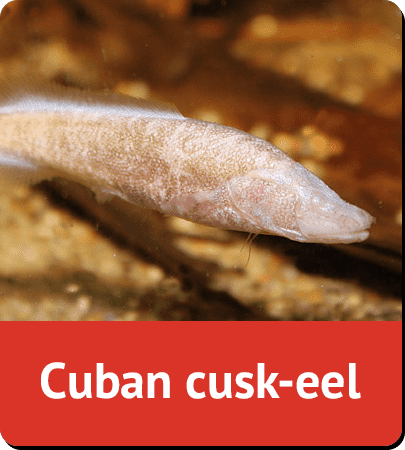

lives in caves hotter than 100°F (38°C)

cannot see

has larger eyes than its relatives

may have been flightless

extinct, 200-pound (90-kilogram) mammal

uses two legs as “antennae”
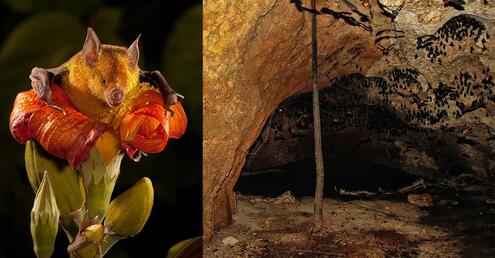
Cuban flower bat
(Phyllonycteris poeyi)
This bat lives in a very hot, humid, and crowded home! They live in hot caves packed with thousands of other bats.
How can caves reach toasty temperatures of over 100°F (38°C)? All those warm bodies give off a lot of heat. And those bodies make a lot of bat poop, or guano. When poop decays, it generates lots of heat too.
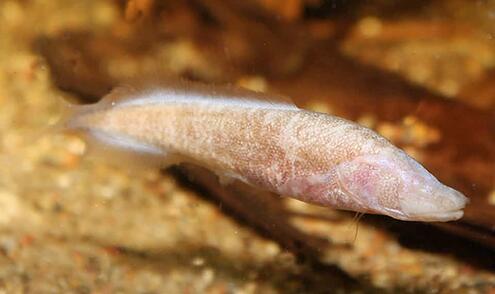
Cuban cusk-eel
(Lucifuga subterranea)
Look closely and you’ll notice this long, eel-like fish has no eyes! Like many other species that live in deep underground caves, the Cuban cusk-eel is blind. After all, they live in complete darkness so they don’t need to see.
These fish evolved from fishes that could see. Over millions of years, they evolved the ability to live without sight. They depend on other senses to hunt, eat, and reproduce.
The Cuban cusk-eel is a common fish in caves and sinkholes in Cuba, but this unusual fish is found nowhere else on Earth.
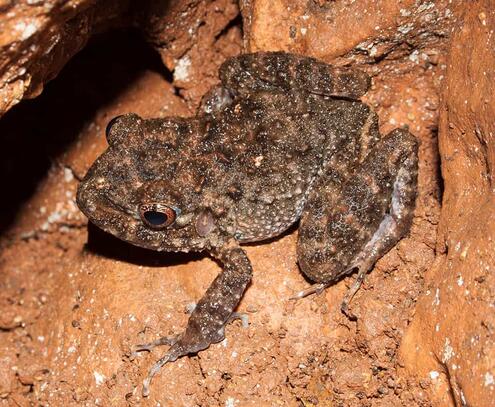
Symington’s robber frog
(Eleutherodactylus symingtoni)
At first glance, this large, brown frog may look ordinary. But these frogs have large eyes compared to their relatives. This may be an adaptation to their dark habitats.
The Symington’s robber frog is extremely rare and critically endangered. Only a few hundred remain in the caves and rocky areas of Cuba’s tropical forests. In recent years, some of these habitats have been destroyed and divided. Today, the frogs live in a few isolated places.
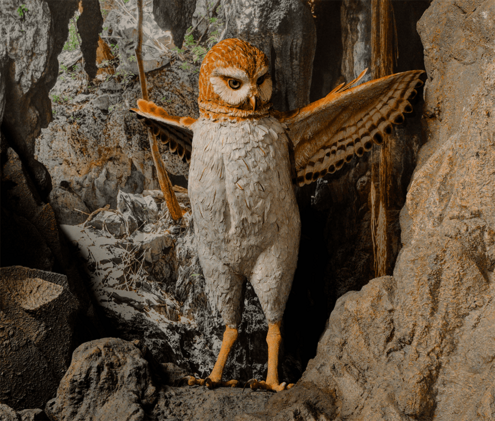
Ornimegalonyx
Could this giant bird have flown? It stood around 3.5 feet (1 meter), which is about the size of a five-year-old child! This extinct bird of Cuba was the largest owl that ever lived.
Experts debate whether Ornimegalonyx flew after its prey or ran after it on its long legs. They do agree that it was a top predator. Its fossils have been found in many caves, surrounded by remains of its prey. This giant bird ate all kinds of mammals, from small shrews to larger rodents like living and extinct hutias.
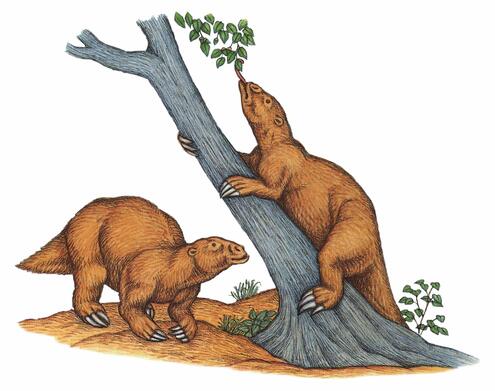
Megalocnus rodens
Weighing up to 200 pounds (90 kilograms), this giant sloth may be one of the strangest animals to ever roam Cuba. Cave fossils reveal that several sloth species lived on the islands about 18 million years ago. Megalocnus rodens was the largest.
Ancestors of these ancient creatures traveled to the islands from a nearby continent. Perhaps by swimming, crossing land bridges, or by floating on natural rafts. These sloths disappeared about 1,000 years after humans arrived on the island.
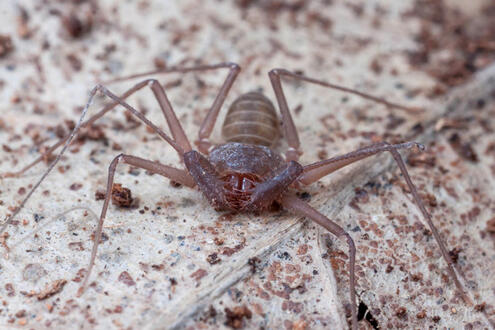
Charinus cubensis
Guided by a pair of antennae-like legs, this critter creeps through dark caves in Cuba—and only in Cuba. It’s from a group of arachnids called Amblypygi, commonly known as whip spiders or tailless whip scorpions.
The name “whip” comes from its front two legs. These long, segmented legs can extend far from the body, like a whip. And unlike the other six legs, these front legs aren’t used for walking. They’re more like antennas for sensing prey and changes in their environment.
Image Credits:
Cave icon illustration, © Stuart Holmes 2016, all rights reserved; Cave scene, David Smith/CC BY-NC-ND 2.0; Cuban flower bat, Merlin D. Tuttle/Science Source; cave with bats, Glen Bylsma; Megalocnus rodens, Patricia J. Wynne/AMNH; Charinus cubensis, Martin & Amanda Gamache/Tarantula Canada; Ornimegalonyx, Denis Finnin/AMNH; Cuban cusk eel, Oliver Zompro; Symington’s Robber Frog, Ariel Rodriguez.




 Biodiversity
Biodiversity
 Brain
Brain
 Genetics
Genetics
 Marine BiOLogy
Marine BiOLogy
 MicrobiOLogy
MicrobiOLogy
 PaleontOLogy
PaleontOLogy
 ZoOLogy
ZoOLogy
 AnthropOLogy
AnthropOLogy
 ArchaeOLogy
ArchaeOLogy
 Astronomy
Astronomy
 Climate Change
Climate Change
 Earth
Earth
 Physics
Physics
 Water
Water

